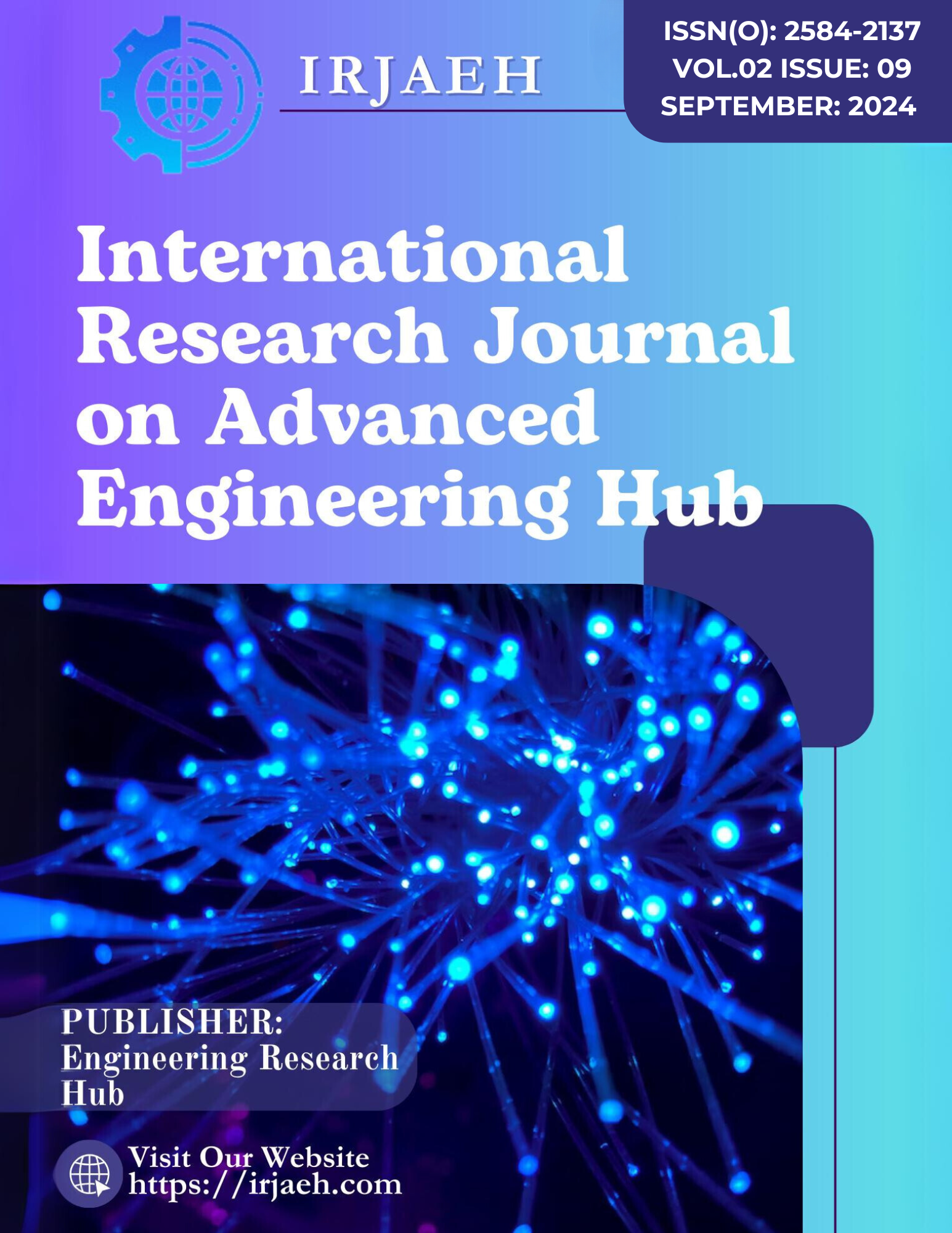Surveillance Auto Humanoid Bot
DOI:
https://doi.org/10.47392/IRJAEH.2024.0319Keywords:
Facial recognition Defense robot, Arduino Uno, fly-sky controller, Esp32 web cam, Ultra-sonic sensorAbstract
Development of an advanced defense surveillance bot integrates multiple technologies to enhance real time monitoring and situational awareness in defense scenarios. This bot is controlled wirelessly using a Fly-Sky transmitter-receiver system, providing robust and secure communication for remote operations. For enhanced situational alerts, the ESP8266 module is utilized to send notifications through Telegram. User gives a bot additional command using this data. Fly-sky or Arduino Uno is microcontrollers are used to temporarily control robots. Esp32 web camera is utilized for facial recognition. In a processing system, necessary faces are already registered. Robot will not react if it detects a registered face. Gun will fire and respond appropriately if it identifies an unregistered face. Pistol will aim at an unregistered face. Gyroscope controls a web camera's aiming in y-axis, x-axis, upward, and forward dimensions to safeguard soldiers. This enables it to identify any faces inside a border that are not registered. Automatically targets an unregistered face by a gun triggering system Robot temporary control can be done manually or automatically. Application of auto-target detection in defense is the main emphasis of this study. Automated gun fire system that uses sensors and a controller to target anyone inside a high-security area's boundary. This technology, which aids in military operations, allowed unregistered army personnel to cross borders. Combination of these technologies results in a versatile and reliable surveillance bot capable of performing in dynamic and challenging defense environments, providing both real-time visual data and instant notifications to support decision-making and operational efficiency.
Downloads
Downloads
Published
Issue
Section
License
Copyright (c) 2024 International Research Journal on Advanced Engineering Hub (IRJAEH)

This work is licensed under a Creative Commons Attribution-NonCommercial 4.0 International License.

 .
. 